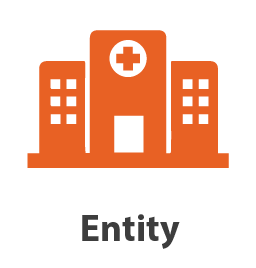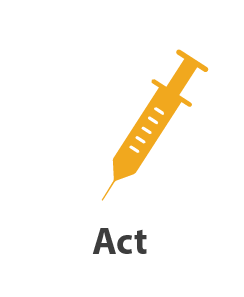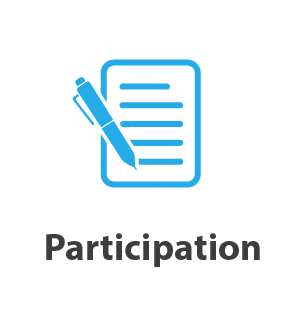3: Exchange Standards
Version 3 (V3)
With Version 3 (V3), HL7 attempted to make health system communications more interoperable by highly structuring and tightening the standards to avoid the conflicts that occur with extensive customization. V3 includes messaging standards (like V2) but also standards for documents, which had no standard until that point.
Reference Information Model (RIM)
V3 was based on a new, comprehensive Reference Information Model (RIM) for health information systems, categorizing health care into:
| Category | Example |
|---|---|

|
Organization or person |

|
Patient, doctor, or nurse |

|
Order or encounter |

|
Author or reviewer |
Simplifying health information into functional categories was an important advancement in standards thinking, and we will see this again in FHIR.
Use of XML
V3 uses XML (eXtensible Markup Language), a simple encoding language that wraps each information element or object in a tag (like an HTML tag), such as:
XML tags can be nested hierarchically, so that information can be structured to the level of granularity that is useful for the information system. For example, an entity such as a person assigned to a role might be represented as:
<name>
<prefix>Dr.</prefix>
<given>Kofi</given>
<family>Ansah</family>
</name>
</assignedPerson>
The use of XML, a de facto standard for information structure in electronic files, was another attempt to make health data standards easier to implement.
Limitations and Successes
Due to the success of V2 coupled with V3’s complexity to implement, the entirety of V3 has not been widely adopted in the United States. However, its messaging had some success in Europe including the United Kingdom, Netherlands, and Germany. V3’s RIM was an important conceptual tool. Also, the use of XML to structure information was a move toward aligning health data standards with common information structures in other fields.
In clinical care, document standards are one of V3’s most important successes. The document standards developed with V3 using V3’s RIM proved highly useful and are broadly implemented.